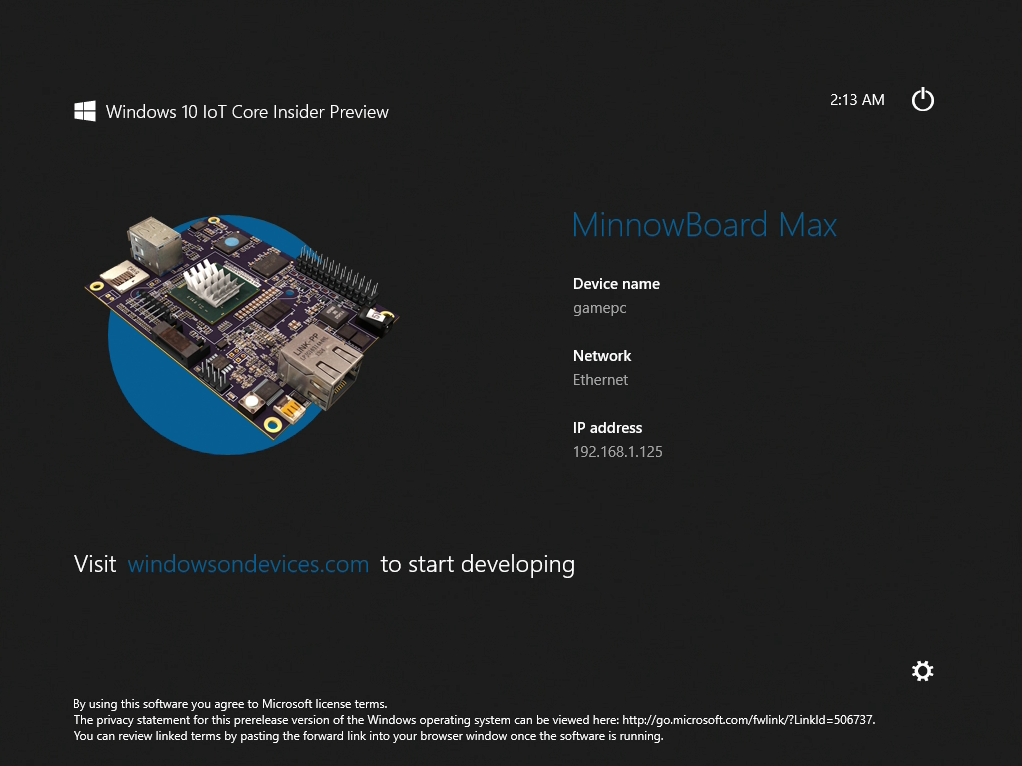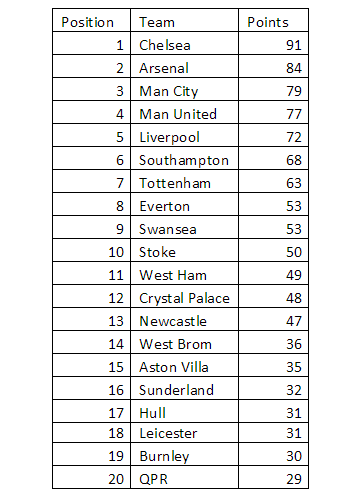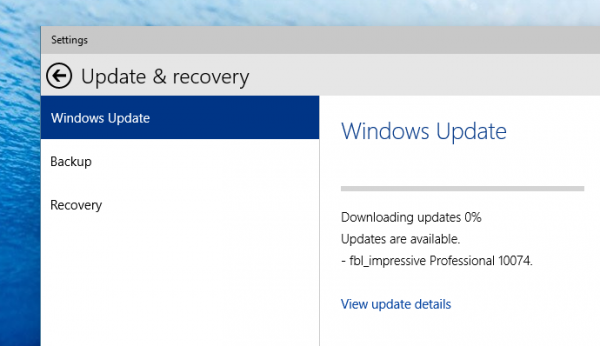
I was sold on Windows 10 before I could even try the first Technical Preview. Now, after seeing the latest slew of changes unveiled at Build 2015, it is clearer than ever that Microsoft is on the right path and that Windows 10 will be the most impressive release yet. There is no doubt in my mind about it.
It shouldn’t come as a surprise that Microsoft expects Windows 10 to attract one billion users within the first two to three years of its release. The timer starts this summer. It may sound like an empty claim, but when you look at everything that has been done so far to make Windows 10 so exciting, and consider the huge unlocked potential, it certainly sounds plausible. While I am no fortune-teller, I can’t see Microsoft getting anything important wrong. And that’s something I haven’t felt in ages in regards to the software giant.
Microsoft got the first step towards the mass-adoption of Windows 10 right from the get-go. The new operating system will be available as a free upgrade to those rocking Windows 7, Windows 8.1 and Windows Phone 8.1. Even though pirates will not be upgraded to a legitimate license, they will also be able to follow this upgrade path. Since pirates will always exist, Microsoft might as well allow them to move to a release that’s actually relevant to its future.
While the free upgrade may not translate to license revenue gains in the first year, it is best to have as many users as possible on the latest release and reap the rewards over time. Think about it: what is the first thing that developers are looking for before committing to Windows? The answer is simple: critical mass. Windows 10 is primed to offer them just that.
This is something that could have a major impact over whether top developers will treat Windows 10 as the third-major mobile platform, and whether Windows software developers will want to bother with Windows Store. Let’s take them one at a time.
Realistically speaking, Windows is not consistently a third choice now for most popular mobile app developers, even though Windows Phone and Windows 8.x take third place on the podium in the smartphone and tablet markets, respectively. A major developer’s release schedule has iOS and Android at the top of the list, and Windows in the maybe-but-hopefully-not category, that is put somewhere out of sight.
Given a considerable installed user base, those developers will have no good reason not to support Windows 10, even if it’s their third choice. I don’t think it could attract every top developer in Windows Store -- because that is not realistic -- but most will be tempted.
Benefiting both developers and users, Windows Store will open up to subscriptions and introduce the ability to pay with for things through the phone bill. Both of these things will contribute towards increasing revenues from the app store.
Also, Microsoft is facilitating the launch of major titles by making it easy for developers to port their existing Android and/or iOS apps to Windows 10. This adds to the appeal of releasing apps on Windows 10, as developers will not have to treat Windows 10 as a completely separate entity, but rather as an add-on to their existing Android and/or iOS apps. Resource requirements for such a move are thus minimized.
It is not all rainbows and unicorns though. I see a problem here, one that BlackBerry has been dealing with ever since it introduced an Android runtime to its mobile operating system. Put simple, Microsoft basically risks sending the wrong message to developers. The announcement can be interpreted as "don’t bother creating Windows apps, keep on prioritizing Android and iOS, it will be easy to port your titles to Windows 10".
Windows 10 is certainly primed to be the third mobile platform, in developers’ eyes, but it is also primed to remain that way for the foreseeable future. Put differently, what’s the benefit in prioritizing native Windows 10 development, unless revenue goes through the roof and users are demanding it? It’s a question that I’m sure many existing developers are already trying to answer. I wouldn’t be surprised to see some re-thinking their strategy.
To round up the Windows Store talk, let’s speak about how Windows Store is designed to attract Windows software developers. I am making a distinction between apps and software, discussing apps in relation to mobile and software in relation to desktop-grade software, like the Windows version of Microsoft Office, Adobe Photoshop, VMware, etc. You get the gist.
Microsoft will be doing something that I proposed over a year ago, and that is getting desktop software (or, legacy apps, as Microsoft has referred to them) in Windows Store. Think about this for a minute: you will be able to get major software like Adobe Photoshop up and running in just a few clicks, from the same place where you will find Facebook or Twitter. There are lots of benefits to this approach, which I detailed in the article linked above.
Windows software developers should want to be part of the Windows Store crowd. The added convenience and security blankets offered here are the main reasons to consider such a move, not to even mention the increased exposure. The current software distribution model is fundamentally broken in today’s era, as, among other things, it exposes users to malware, security risks from running older releases and so on. Windows Store can fix that.
I am not entirely sure how Windows software available in Windows Store will work with Continuum mode, which lets Windows 10 users leverage their smartphones and the usual (compatible) peripherals to enable a PC-like experience. Will such software, designed for the x86 architecture, be available to those rocking ARM-based devices? I’m reaching out to Microsoft for clarification.
Speaking of Continuum mode, it is one of the most intriguing additions to Windows 10 for phones. It will require a mouse, keyboard and monitor, all compatible of course, to work, but can you imagine just how useful it can be at times?
It wouldn’t make sense to repurpose a Windows 10 smartphone as a PC replacement, but, when all the right tools are available, why bother editing something on that tiny screen when you can do it much faster and much more comfortably in Continuum mode?
I wish that Microsoft would copy the Continuity and Handoff page from Apple’s playbook, and introduce something similar in Windows 10, so there’s even more cohesion between all the form factors it supports, but even so Continuum can be mighty useful on its own.
I am somewhat skeptical of its immediate practical application though. You can’t escape the hardware compatibility requirement. Outside of friendly environments, where users are likely to have appropriate hardware, where can Continuum be of real use?
A subset of Windows 10 users will most certainly see it as an extremely cool feature to have right away. There is real potential here, but the smartphone hardware needs to be designed around it, so that it can be pitched as a tangible benefit. We’ll just have to wait for the first Windows 10 smartphones to see what it’s like, and, of course, grab compatible hardware.
Another big step forward in Windows 10 is Microsoft Edge. Previously known as Project Spartan, the new browser will offer a consistent user experience across all form factors, it looks modern, supports modern technologies, and, for power users, works with Chrome and Firefox extensions.
Developers will, of course, have to port their extensions to work on Microsoft Edge, but it is, nonetheless, a fantastic feature with great potential. Microsoft wants to get rid of Internet Explorer, and convince Chrome, Internet Explorer and Firefox users to switch, and the potential unlocked by such extensions will only help smoothen the transition. It’s not the only thing that matters when making such decisions, naturally, but it is a key factor for many of us power users.
Fundamentally, Windows 10 has changed for the better. But it is also changing on the outside, in ways that users will interact with frequently. The latest build introduces a new lockscreen option which enables users to view more information, Cortana gets a new user interface, the Start menu receives some tweaks of its own, and, for the nostalgic crowd, transparency -- Aero-like --makes a comeback. All the right Windows features are there, it’s just gaining a bit more polish.
There are some unbelievably cool things unveiled at Build, such as Windows Holographic, but for the bulk of Windows users, what is truly relevant are the new additions aimed at typical desktops, laptops, smartphones and tablets introduced by Windows 10. And, more so than before, is it an appealing upgrade. For those getting a new device, choosing Windows 10 is a no-brainer. That is, if they want to invest in Windows going forward.
Photo Credit: Andresr/Shutterstock



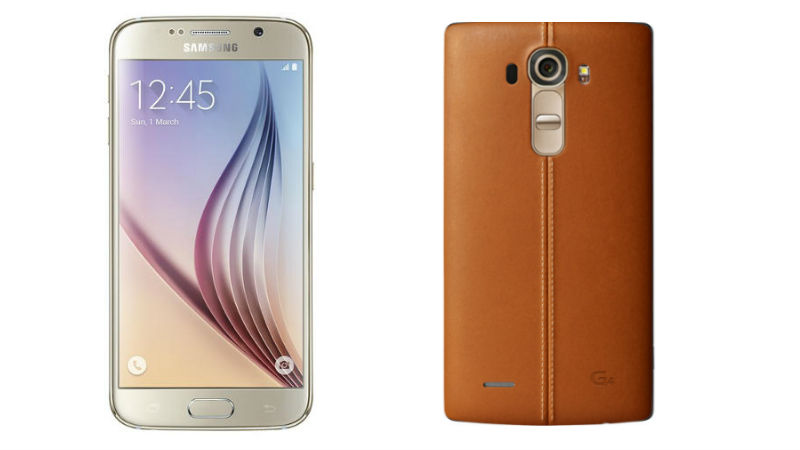


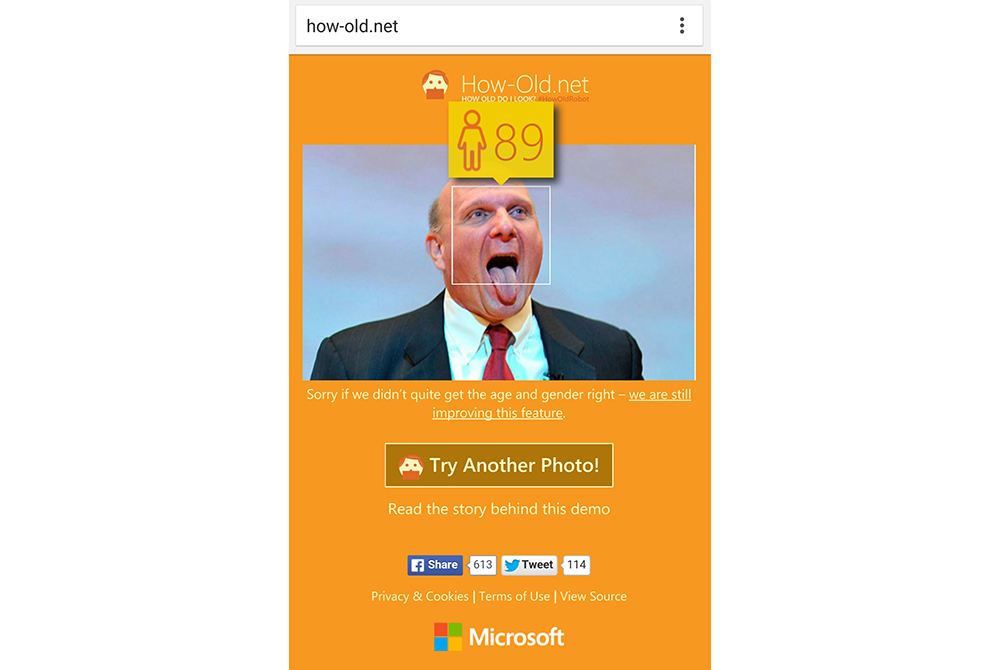
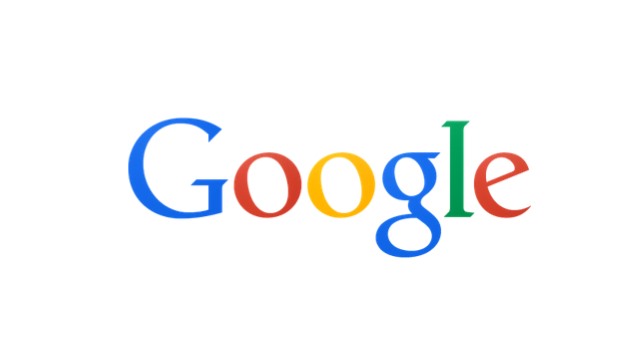
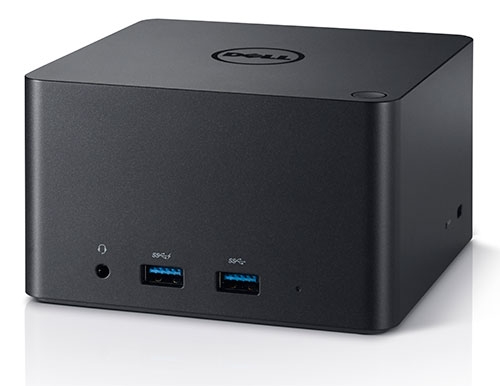
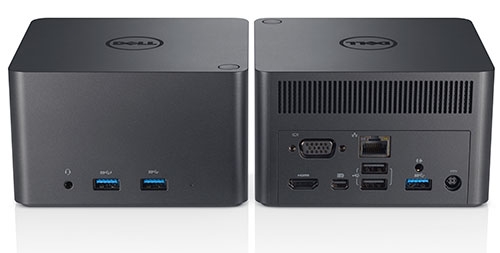

 Tim Wheatcroft is director of corporate communications at
Tim Wheatcroft is director of corporate communications at 







